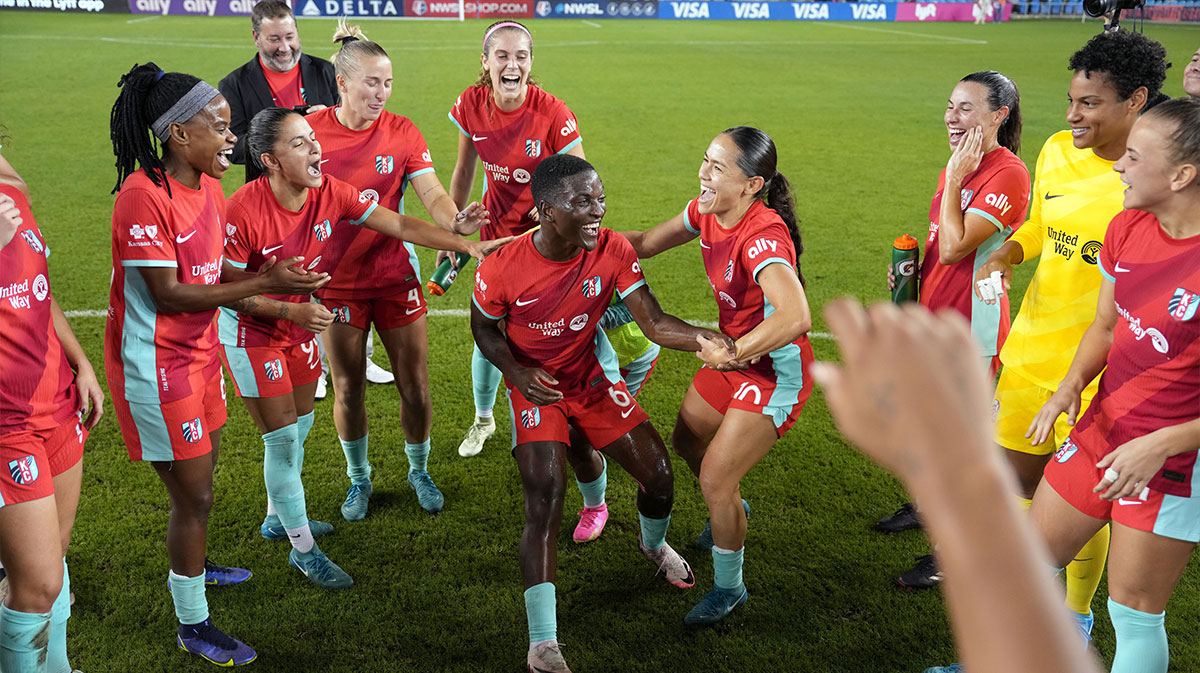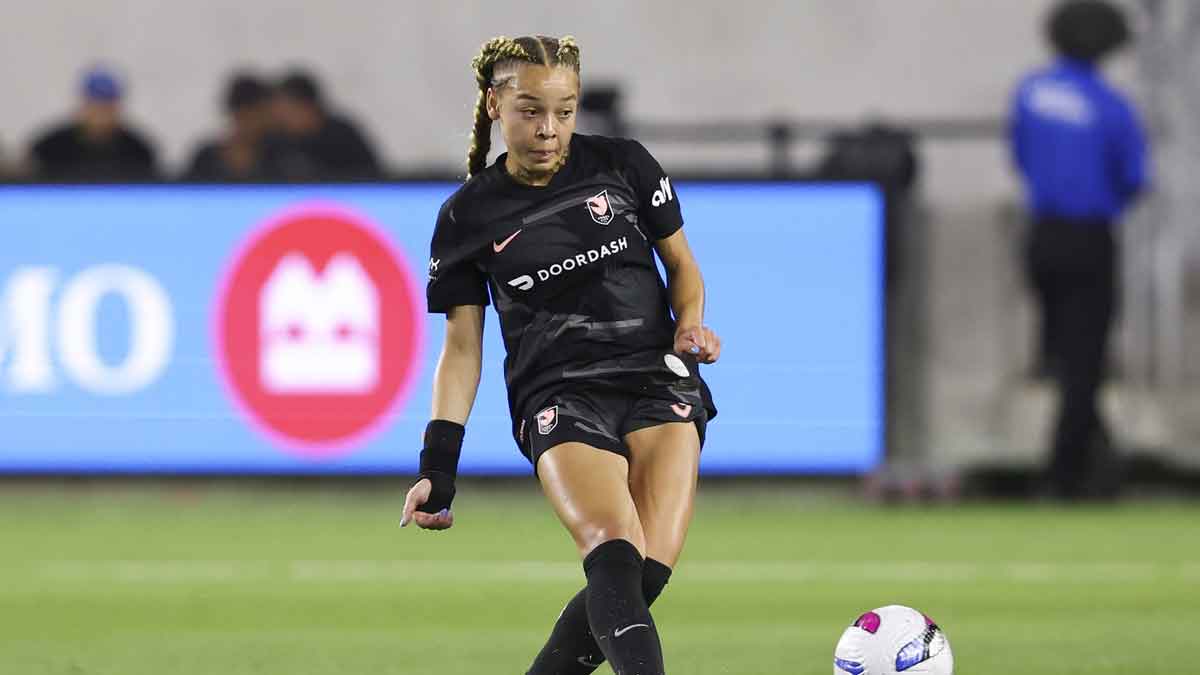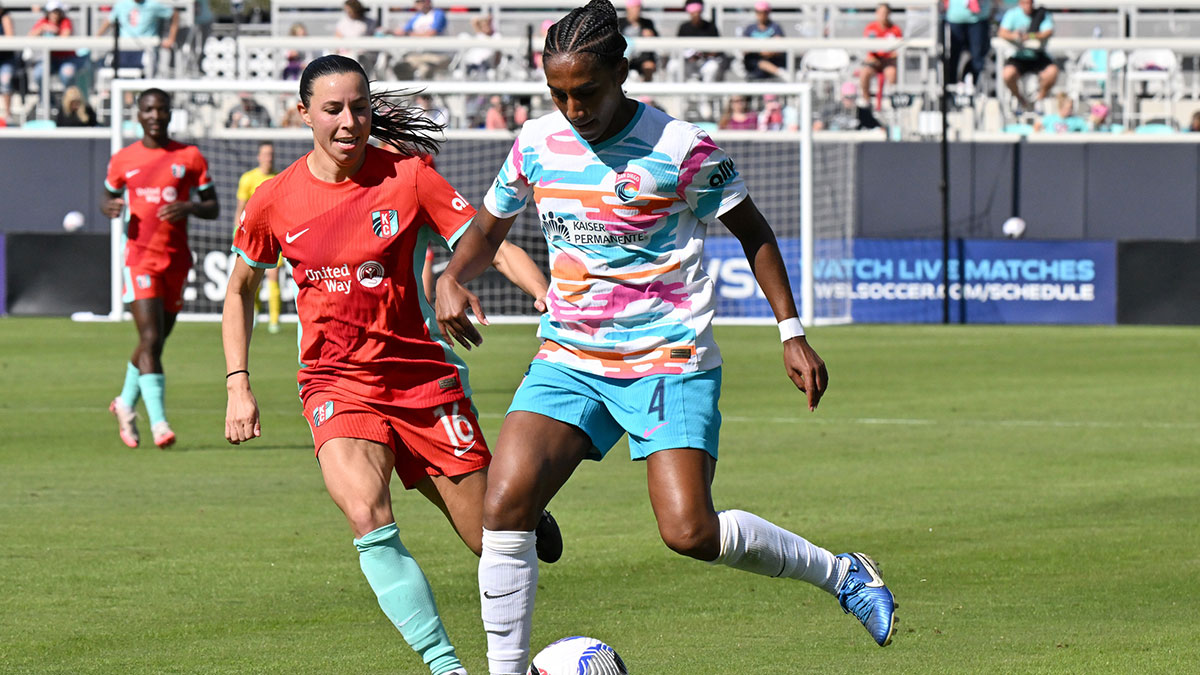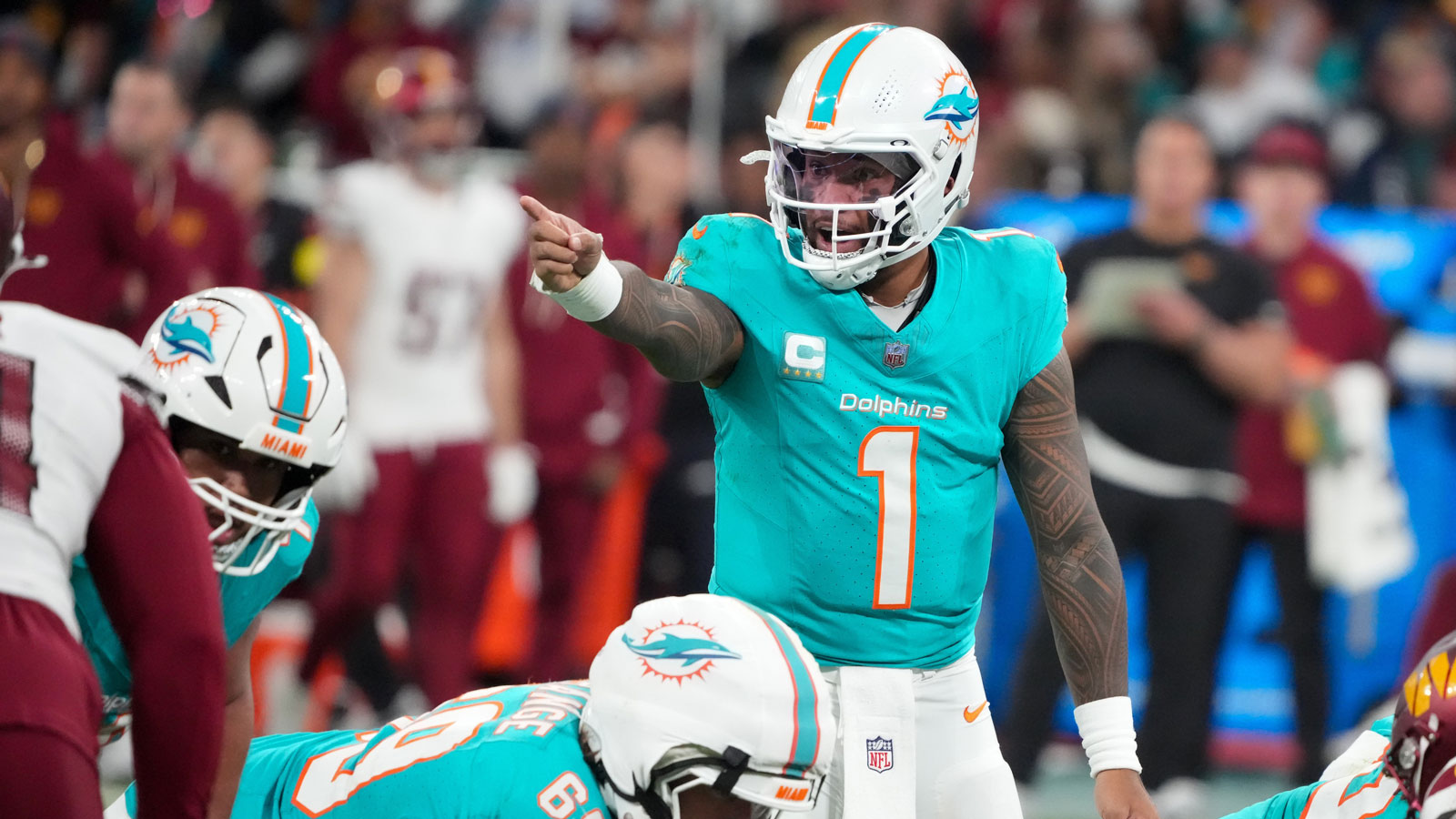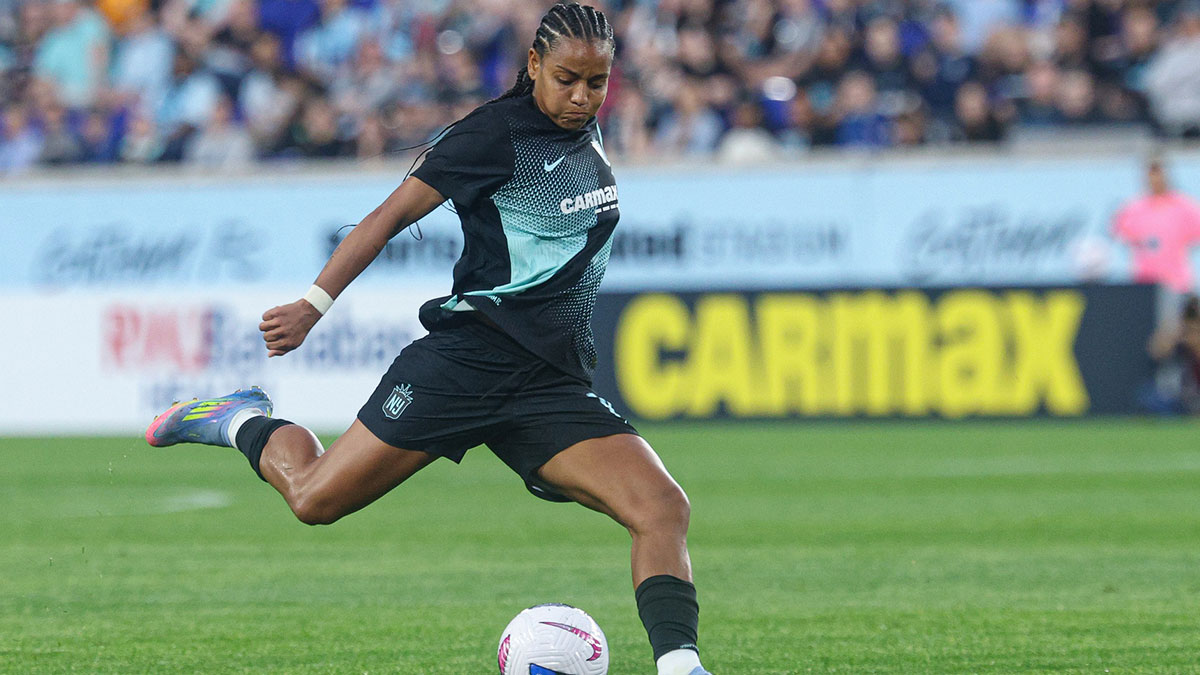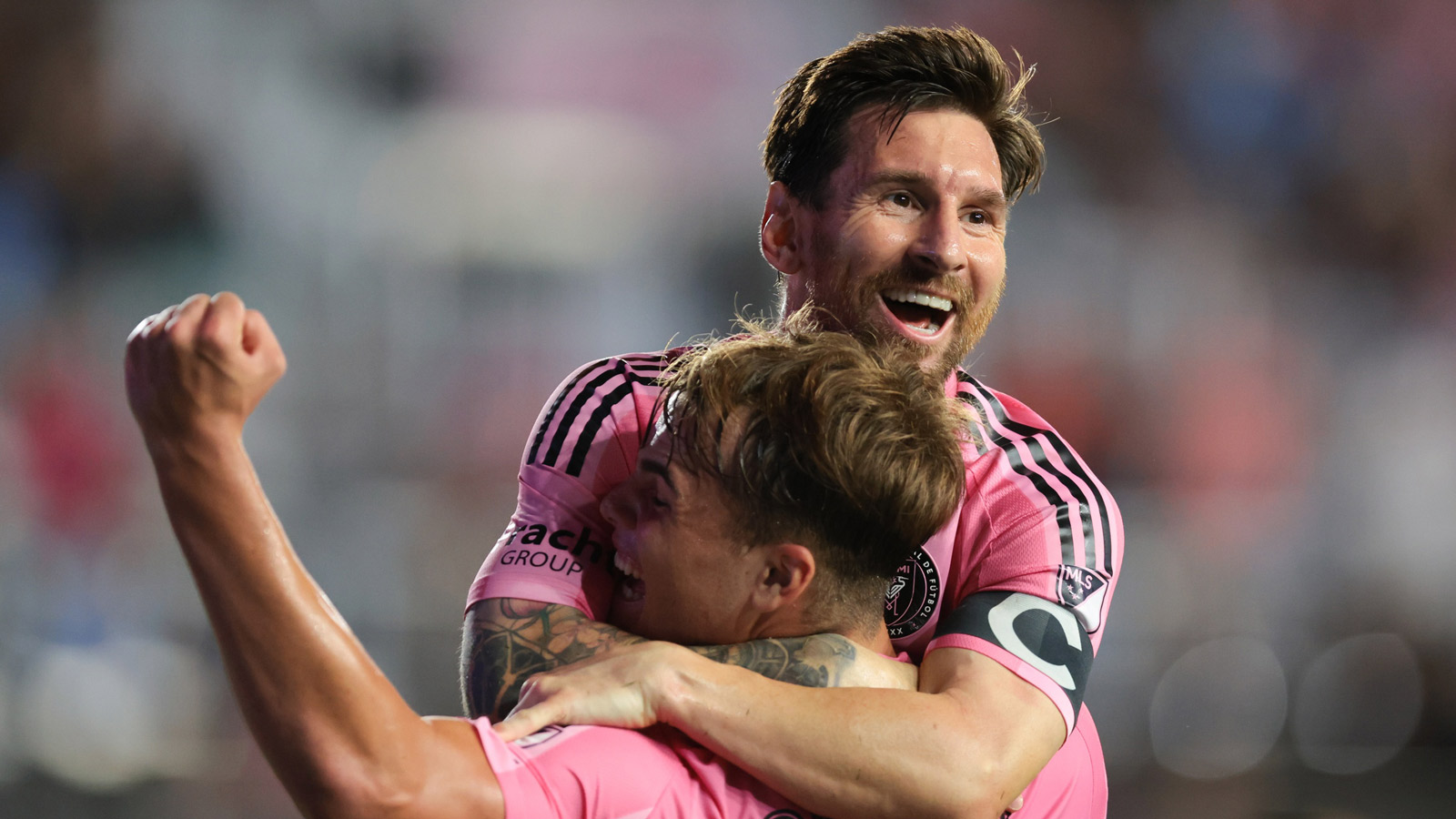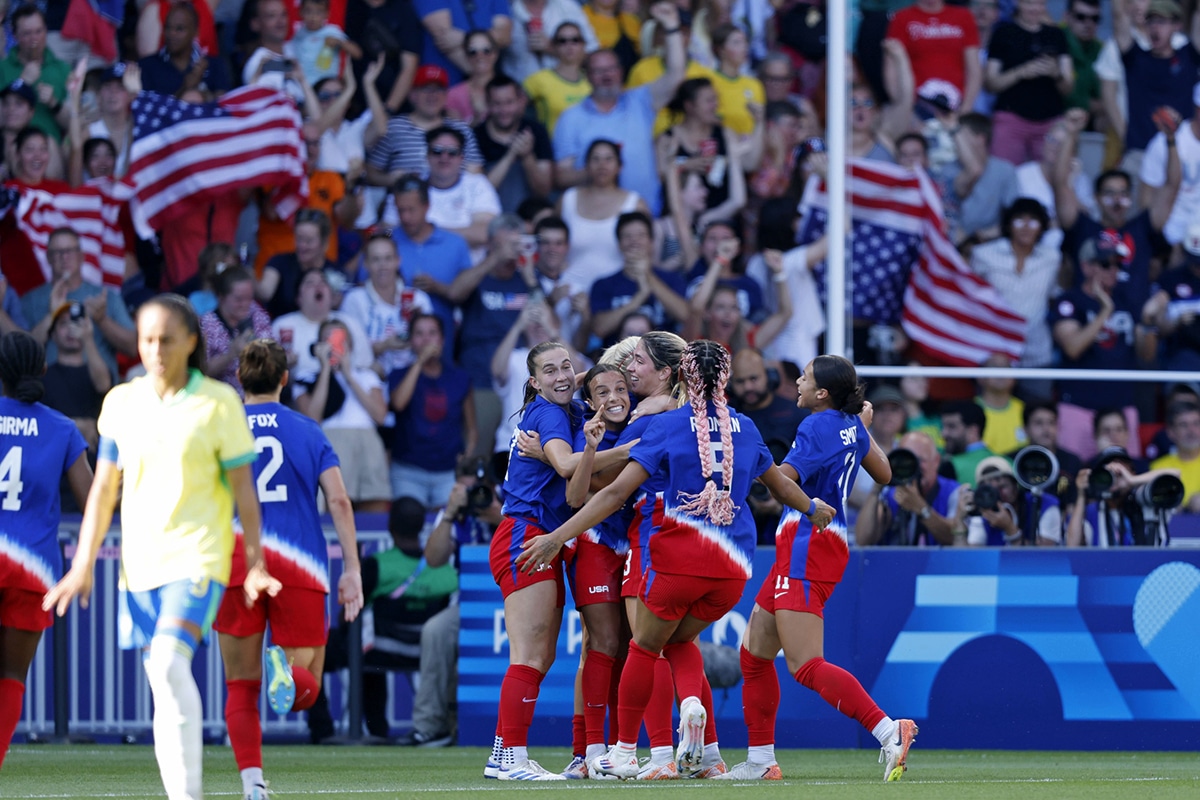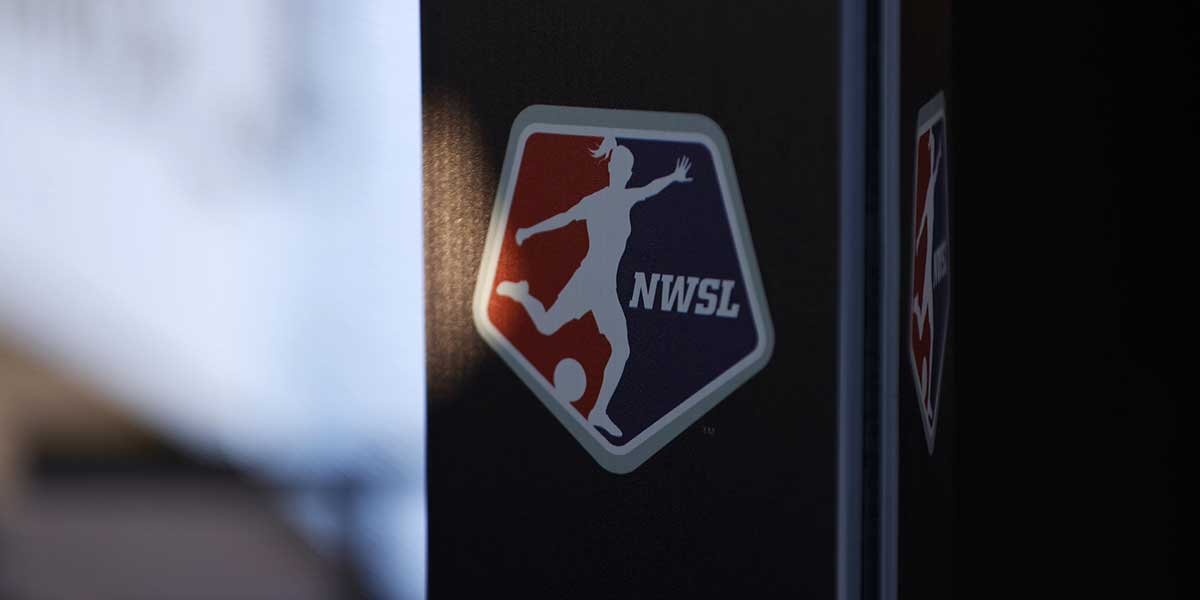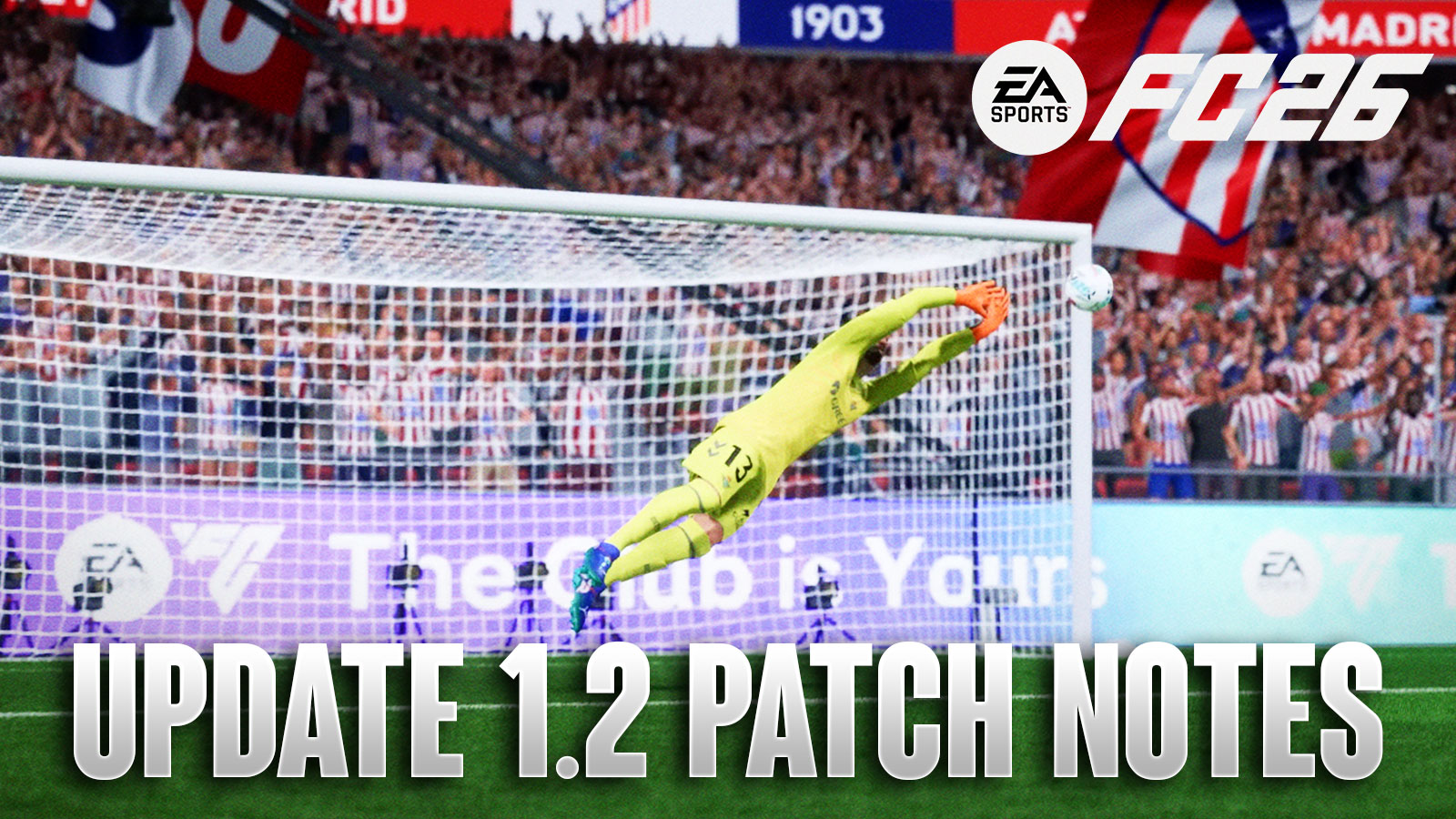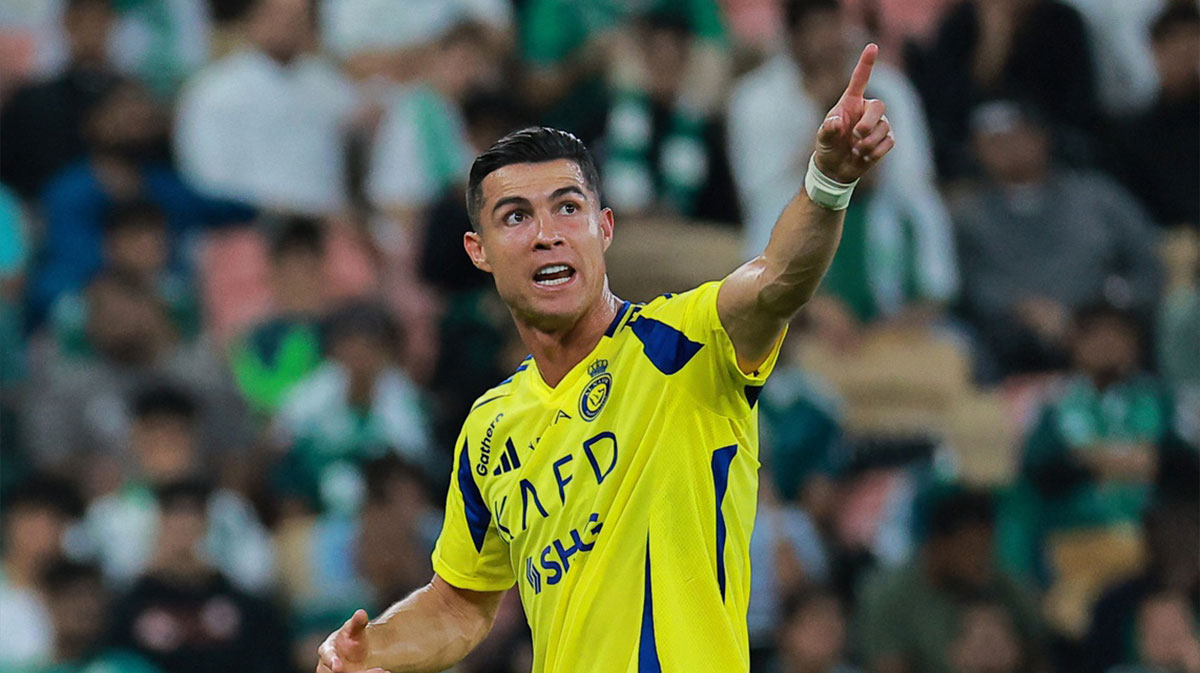When the final whistle was blown on Wednesday night and the 3-0 triumph of the Seattle Sounders over Pumas UNAM was confirmed to give the Sounders the CONCACAF Champions League trophy, elation cannot even begin to describe the feeling not only within the confines of Lumen Field, but across American soccer.
Before this game, it had been a long and torturous 22 years since the last time an MLS team had won CONCACAF's premier club competition: the LA Galaxy in 2000. The competition was very different then, with the entire tournament encompassing only four teams and taking place across one weekend entirely in the United States. In order to fully grasp just what this CCL run by the Sounders means, let's take a dive into the two decades of heartbreak since the Galaxy last lifted the biggest trophy in CONCACAF.
CONCACAF Champions League history leading up to Seattle Sounders' victory
2001-2008: The End of the Champions Cup Era
After Cobi Jones raised the CONCACAF Champions Cup for the Galaxy in 2000, MLS almost completely fell off the map in the competition. Even in 2004, when the Champions Cup raised the number of teams from four to eight, not a single MLS club reached the Final. Liga MX used this period to establish dominance, winning all but one title in this period, the lone exception being Costa Rican club Saprissa in 2005. There would be more to say here, but as mentioned, MLS just wasn't relevant during this period.
During this time, the league had several struggles and actually folded for a few days in 2001 before it found financial salvation. However, change was on the horizon. In 2006, MLS introduced the Designated Player rule, (to allow the Galaxy to sign David Beckham, really) which allowed the talent gap between MLS and Liga MX to begin to shrink. The same year, CONCACAF confirmed that starting in 2008-09, the Champions Cup would be renamed and completely reformatted as the CONCACAF Champions League, and MLS would look to make its mark very early on.
2009-11: Beginnings and 2011 Real Salt Lake
In the first two seasons of Champions League formatting, again Liga MX claimed the title, in all Mexican finals. The final in CONCACAF takes place over the course of two legs, which becomes important later. However, in each of the competition's first two seasons, an MLS club had reached the quarterfinals, those being the Houston Dynamo and Columbus Crew, respectively. Then, in 2011, everything changed.
Four MLS clubs participated in the Champions League proper, those being the Columbus Crew, Seattle Sounders, Toronto FC, and Real Salt Lake, who were coming off a brilliant run to win the MLS Cup the prior season. The four were placed into their groups, and only RSL and Toronto were placed in a group together, not bound by nationality restrictions, in Group A alongside Mexican giants Cruz Azul and Panamanian outfit Árabe Unido. From the off, RSL looked a step above the rest of the group, only losing one of their six group stage games, a 5-4 thriller against Cruz Azul in Estadio Azteca. They would beat Cruz Azul in the return fixture 3-1, and won every other game save for a 1-1 draw away at Toronto. From Group A, RSL would qualify at the top, with Cruz Azul besting Toronto to second by two points.
In Group B, Columbus finished second and qualified for the knockout stages, only finishing one point behind Mexican club Santos Laguna. The Sounders finished at the bottom of Group C behind another Mexican giant, Monterrey, alongside Saprissa and Honduran champions Marathon. The draw for the knockout stage took place in November 2010, and both of the remaining MLS clubs were pitted against one another, with the first leg taking place in Columbus. That game finished 0-0, but in the return leg, RSL absolutely thrashed the Crew, winning 4-1 and advancing to face Saprissa. After a 2-0 first leg win, RSL nearly choked the second leg but prevailed 3-2 on aggregate to advance to the final where they would face Monterrey.
The first leg in Mexico was hectic to say the least. Both teams traded goals in the first half, and on the hour mark, Monterrey were granted a penalty. It was dispatched by Chupete, and the score stood at 2-1. However, salvation would come for RSL in the 89th minute, as Javier Morales' header snuck into the back of the net, setting up a showdown in the second leg at Rio Tinto Stadium in Utah. Things were relatively quiet in the first half, until, on the stroke of halftime, Monterrey found their goal to make it 1-0 and 3-2 on aggregate. RSL fought and clawed for an equalizer, but none would come. Another chance for MLS to prove itself would not come until 2014-15, and it wouldn't even be an American team.
2014-15: Montreal Impact
The tournament had expanded by this point and now featured eight groups of three, and there were five MLS clubs participating, those being Sporting Kansas City, DC United, the Portland Timbers, the New York Red Bulls, and the Montreal Impact. Given that the groups only featured three teams, only the winners advanced, and thus, let's skip to who made it to the quarterfinals.
Only two MLS clubs advanced: DC United and Montreal. This time, the two MLS clubs would not play each other in the quarterfinals, as Montreal got past Mexican side Pachuca 3-3 on away goals, while DC United fell shockingly to Costa Rican club Alajuelense. In the semifinals, Montreal again needed away goals to advance after two legs left the two clubs at 4-4 on aggregate.
In the final, Montreal were greeted with Club América. In the first leg, again the MLS club kept the scores level at the Azteca, with the game finishing 1-1. Filling the Olympic Stadium in Montreal, Impact fans anxiously hoped their club would be the first MLS club to hoist the trophy, and things looked up early with Andres Romero opening the scoring in the eighth minute to make it 1-0.
That scoreline remained going into the half, but after the interval, América came out with intentions of a blitzkrieg, and they delivered, with goals in the 50th, 65th and 67th minutes stunning the Canadian crowd. A fourth followed in the 81st, rendering Jack McInerney's 88th-minute goal only a consolation. The heartbreak would continue further for MLS, but again, Canadian saviors appeared on the horizon in 2018.
2018: Toronto FC
It had now been a full decade of Champions League failure, and even though the quality of play in MLS was improving exponentially, this competition still stood as the one mountain MLS could never summit. Toronto FC looked to change that in 2018. In a year they would win the treble by grabbing the Canadian Championship, the Supporters Shield and MLS Cup, TFC looked to make it a quadruple by adding continental glory. The format had been tweaked again, shifting to the current 16-team knockout-only style.
Five MLS teams qualified, and three, Toronto, Seattle and New York Red Bulls, qualified for the quarterfinals. Toronto would square off with Tigres, Seattle with Chivas, and the Red Bulls with Club Tijuana. The Red Bulls breezed past Tijuana 5-1 on aggregate, while Toronto eked past Tigres 4-4 on away goals. The Sounders, however, would be knocked out 3-1 on aggregate, leaving only two.
But seeing as they were in opposite semifinals, the prospect of an all-MLS final was on the table for the first time. Toronto met with Club América, and the Red Bulls clashed with Chivas. Toronto had an easier time in the semifinals, blowing past América 3-1 on aggregate. However, only a single goal could separate the two in the other semifinal, and it heartbreakingly came from Chivas.
So it was set. Toronto FC and Chivas. For continental glory and the right to play on the world stage. In the first leg at BMO Field in Toronto, Chivas took a very early lead courtesy of Rodolfo Pizarro in the second minute. 17 minutes later, the hosts would level the arrears, as it was Jonathan Osorio who found the back of the net. Things remained static for a while, until in the 72nd minute, Chivas found their winner, and it was Alan Pulido who dispatched it. The second leg in Guadalajara would need to be a Toronto win if they wanted the trophy.
Three goals were scored in the second leg. All three came in the first half. Orbelín Pineda looked to have sealed things for Chivas in the 19th minute, gifting them a 3-1 aggregate advantage. However, Toronto stormed back, grabbing the first only minutes later thanks to Jozy Altidore, and then the goal that equalized the tie came in the 44th from Toronto's often talismanic number 10, Sebastian Giovinco. Now, if the scores remained level through the second half, extra time would follow. That they did. 90 minutes were gone, and a winner could not be found.
The same was true in extra time, and for the first time, an MLS club was involved in a CCL Final penalty shootout. Oswaldo Alánis and Giovinco each scored their teams' first penalties to make it 1-1. Then José Godínez scored Chivas' second, but Jonathan Osorio was unable to find the back of the net, placing Toronto on the back foot. Pulido and Mark Delgado both scored, making it 3-2 Chivas.
Then Ángel Zaldívar stepped up and dispatched Chivas' fourth, putting all the pressure on captain Michael Bradley. He has scored important goals before, for club and country. Now he needed one of his biggest just to keep hope alive for one more go. Bradley ran up, put his laces through the ball, and sent it soaring over the net. The most heartbreaking of defeats for Toronto and MLS came oncemore. However, chances for the league were coming more and more often.
2020: LAFC
In 2020, after another all-Mexican final in 2019, things looked incredibly promising to say the least. Four of the five MLS clubs that qualified reached the quarterfinals, those being New York City FC, Montreal Impact, LAFC, and Atlanta United. However, only LAFC would advance to the semifinals, and of the losing sides, only Montreal was able to put up a real fight, losing 2-2 on away goals to Honduran side Olimpia.
LAFC were presented with a familiar foe to MLS sides at this point, Club América. Due to COVID restrictions, the entire rest of the tournament was played in Orlando at Exploria Stadium and was just a single leg. LAFC had little trouble with the Mexican outfit, finding two goals in two minutes from Carlos Vela to take the lead, and then a 95th-minute sealer from Latif Blessing. That placed them in the final, where they would face Tigres, led by the unbelievably talented André-Pierre Gignac. In 250 appearances for Tigres to date, Gignac has scored an incredible 143 times. Quite the challenge for LAFC to face.
The first half came and went quietly with no goals to speak of. Then, in the 61st minute, elation was felt back in Los Angeles as Diego Rossi took the lead for LAFC. All that stood between them and glory now were 30 minutes of defensive solidity. However, they would barely make it 10. Hugo Ayala leveled the game in the 72nd, but no worries, right? LAFC could just hold on until Vela or Rossi came to save the day like they always did. Right?
Unfortunately, Gignac had other ideas. In the 84th minute, he scored the goal everyone knew he would to send Tigres to the Club World Cup. They would become the first Liga MX side to reach the final of that competition, and only narrowly lost to Bayern Munich. The wait continued for MLS, and it had now been a full 20 years since their last triumph. Though they had been looking closer and closer, the pain still resonated with the league.
2022 Seattle Sounders: The Dam Finally Breaks
By now, we all know the story of the Sounders' success. Not a single loss across the entire tournament, and only one goal allowed at home by Brian Schmetzer's side. Truly a dominant performance en route to the trophy. But what does this mean for MLS?
A spot on the world stage at the Club World Cup cannot be understated. This will be the first time an MLS side plays a club from Europe in an actual competition that both care about. This raises the entire league's profile in terms of what players might be willing to come here. Sure, more consistent success in CCL will do more than just the one victory, but you can't win the second before the first. MLS can now truly say that it has arrived. After 27 seasons, through quirky rules, financial difficulties, talent disparities and more, MLS can finally claim to be one of the premier top flights not just in North America, but the world.
MLS history is usually denoted in eras. MLS 1.0 lasted from the league's founding in 1996 to about 2006 when the Galaxy signed David Beckham and the Designated Player rule was introduced. This era was defined by quirkiness and financial hardship, but it paved the way for the success that would follow. MLS 2.0 lasted from 2006 to about 2015, where the flood of foreign talent was made evident for the first time. Financial rules also began to be laxed as the league found a stable foothold in the American entertainment sphere. MLS 3.0 began in 2015 and was defined by the rapid expansion of the league, and those new clubs coming in and spending record amounts of money, the widespread development of soccer specific stadia, and a massive increase in on-field talent and off-field revenue.
MLS 3.0 ended Wednesday night when the final whistle blew. Welcome to MLS 4.0.








